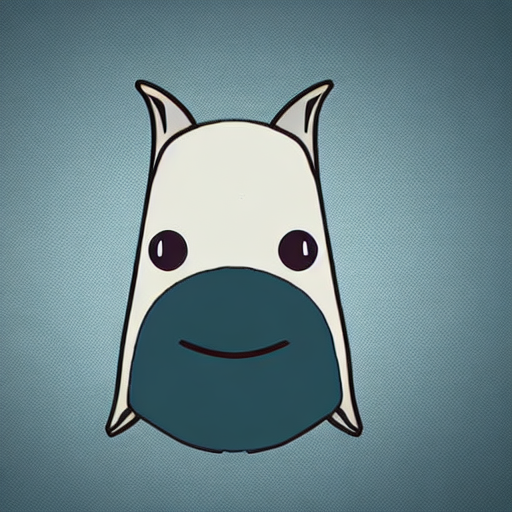Computer Science Conferences: Difference between revisions
Appearance
| Line 6: | Line 6: | ||
* Higher ranked conferences are not necessarily harder to get into than second-tier but are more prestigious. | * Higher ranked conferences are not necessarily harder to get into than second-tier but are more prestigious. | ||
* Usually, you should submit to a few top tier conferences first even if you're not that confident. If rejected, revise and resubmit. | |||
* Avoid bottom-tier conferences and pay-to-publish journals. These actually hurt your reputation. | * Avoid bottom-tier conferences and pay-to-publish journals. These actually hurt your reputation. | ||
Revision as of 20:32, 15 July 2022
Notes on Computer Science conferences.
Ranking
See guide2research.com
Chinese government list of CS conferences
- Higher ranked conferences are not necessarily harder to get into than second-tier but are more prestigious.
- Usually, you should submit to a few top tier conferences first even if you're not that confident. If rejected, revise and resubmit.
- Avoid bottom-tier conferences and pay-to-publish journals. These actually hurt your reputation.
Graphics Conferences
- Top tier conferences
- ACM SIGGRAPH - the largest and most prestigious graphics conference.
- See also SIGGRAPH ASIA.
- IEEE VR - for virtual reality related papers. Has a journal track which goes to IEEE TVCG.
- Deadlines are usually in Sept - Nov.
- IEEE ISMAR - for augmented reality related papers. Sometimes has a journal track which goes to TVCG.
- Deadlines are usually Mar - May.
- ACM MM - multimedia
Vision Conferences
- IEEE CVPR - a top tier vision conference. Has lots of papers so many are presented as posters instead of oral presentations.
- ICCV, ECCV - these rotate each year. Prestige is comparable to CVPR.
- Second-tier
These are reputable conferences but not quite as prestigious as above.
- IEEE WACV
- BMVC
- IEEE 3DV
- ACCV
HCI Conferences
- ACM CHI - the largest HCI conference. Occasionally accepts visualization papers.
- Has an LBW track where you can submit poster papers which are more likely to get accepted.
- Paper deadlines in September. LBW deadlines in January.
- ACM UIST - user interfaces. Seems to lean more towards hardware interfaces: haptics, sensors, 3D things.
